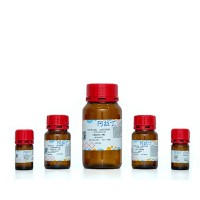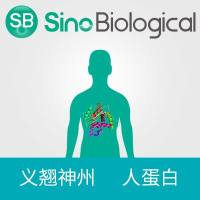Assays for RING Family Ubiquitin Ligases
互联网
454
Many eukaryotic proteins are regulated by the covalent attachment of ubiquitin or polyubiquitin chains. These include proteins involved in cell cycle control, tumor suppression, and many signaling pathways. Ubiquitination of proteins occurs through an enzymatic cascade of three discrete steps, which results in covalent attachment of ubiquitin to the substrate. The first two steps in this cascade involve the activating and conjugating enzymes, E1 and E2. The third and final step is performed by the E3 ubiquitin ligase. The ubiquitin ligase is responsible for two distinct activities: targeting specific substrates by bringing the substrate and activated ubiquitin together, as well as catalyzing the ligation of ubiquitin to the substrate. There are two main classes of E3 ligases, the HECT domain and the RING finger-containing ligases. RING finger-based ubiquitination utilizes RING-containing protein subunits, or proteins with intrinsic RING domains, to catalyze the formation of polyubiquitin chains. In this chapter we describe step by step protocols to assay for the activity of the RING finger-type of E3 ligase both in vitro and in vivo.









